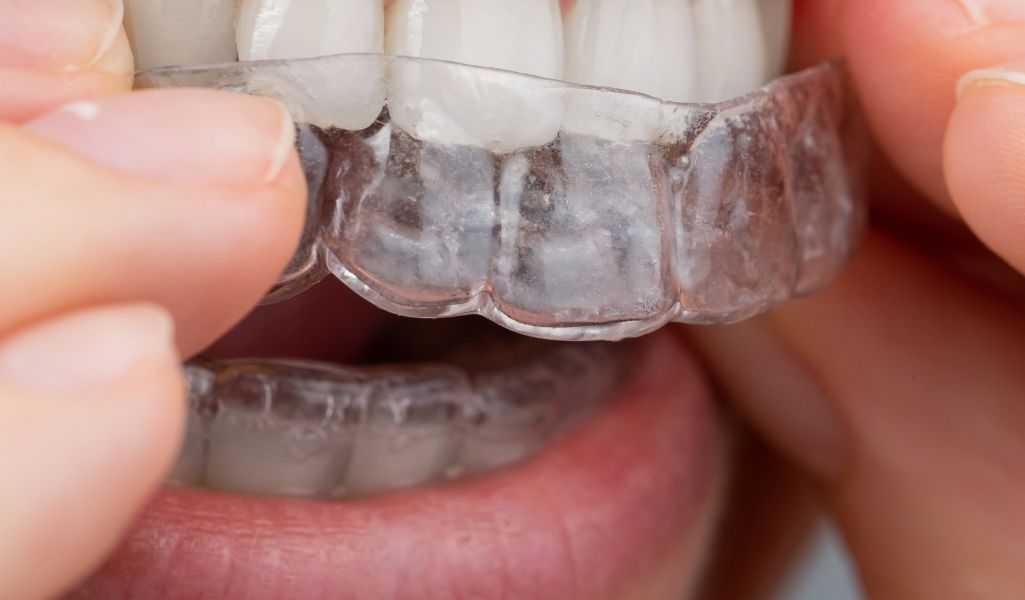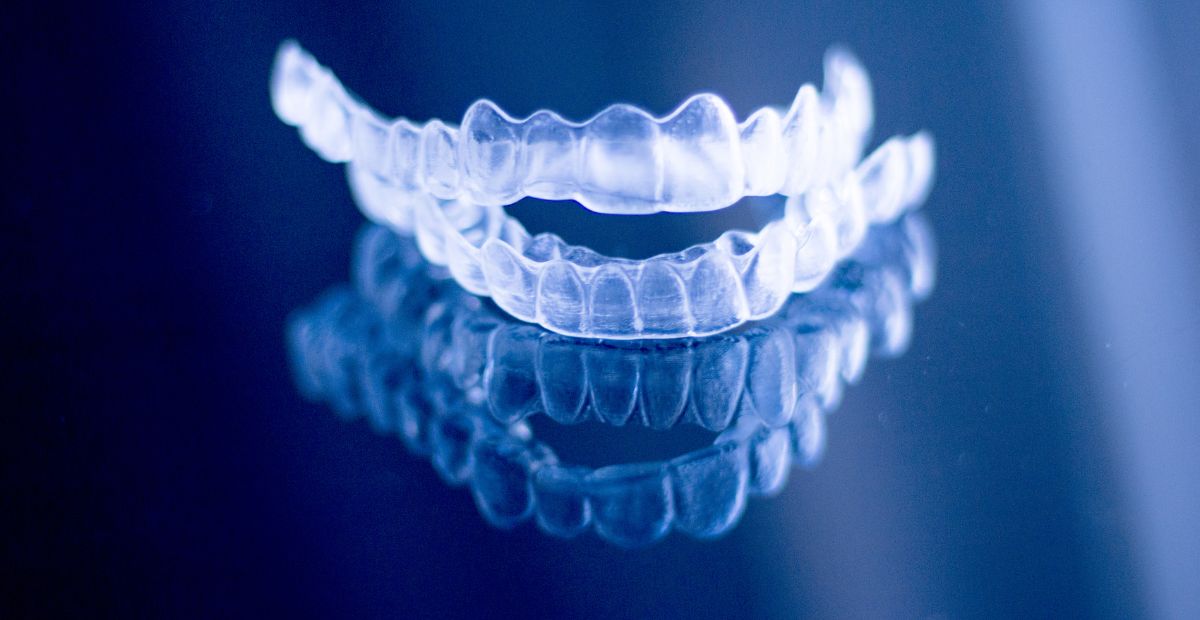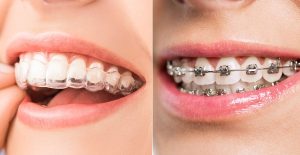Say Goodbye to Invisalign Discomfort: Effective Tips for a More Comfortable Experience
Invisalign has revolutionized orthodontic treatment, providing a discreet and comfortable way to straighten teeth. Although it’s generally more comfortable than traditional braces, some discomfort can still arise, especially when you first start wearing your aligners or when you switch to a new set. Fortunately, there are several strategies to reduce this discomfort and ensure a smoother Invisalign experience.
The discomfort associated with Invisalign primarily stems from the pressure the aligners apply to your teeth. These aligners are designed to shift your teeth gradually, which requires a certain amount of force. This pressure can cause soreness or tenderness, particularly when you begin wearing a new set of aligners. However, this discomfort is temporary and usually subsides as your teeth adjust to the aligners.
Here are several effective ways to reduce the discomfort and ensure that your Invisalign experience is as comfortable as possible.
For Invisalign to be effective, it’s essential to wear your aligners for the recommended 20-22 hours per day. Wearing them consistently helps your teeth adjust more quickly, which can reduce discomfort over time. The more regularly you wear the aligners, the less adjustment is required each time you switch to a new set, minimizing any soreness.

Wearing your aligners consistently also helps keep your treatment on track, ensuring that your teeth move into position more smoothly. Avoid removing them too frequently, as this can extend the adjustment period and make discomfort last longer.
It’s important to follow the timeline provided by your orthodontist when switching to a new set of aligners. Delaying this transition can prolong discomfort and slow down your progress. Each time you switch, your teeth will experience some pressure, but if you stick to the schedule, the discomfort will pass more quickly.
Switching aligners just before bed is an effective strategy because you can rest through the night while the pressure starts to take effect, easing the discomfort during the day.
Although Invisalign aligners are smoother than traditional braces, they can still cause some irritation, particularly on the inside of your cheeks. To minimize friction, apply orthodontic wax to the areas of the aligners that may be rubbing against your mouth. This helps to create a protective barrier, reducing irritation and soreness.
You can easily keep a small container of orthodontic wax with you for on-the-go use, applying it as needed throughout the day.
If you find that your teeth are particularly sore after switching to a new set of aligners, pain relievers can help manage the discomfort. These medications reduce inflammation and provide temporary relief.
Always follow the recommended dosage instructions, and if the pain persists, consult with your orthodontist for further guidance.
Drinking plenty of water is important for your overall health and can also help keep your mouth comfortable while wearing Invisalign. Hydration promotes saliva production, which naturally helps clean your mouth and prevents dryness. Keeping your mouth moist can also make wearing the aligners feel more comfortable.
Aim to drink water throughout the day to stay hydrated and be mindful of how your mouth feels while wearing the aligners.
Although Invisalign aligners are durable, eating very hard or sticky foods can put extra pressure on your teeth and cause unnecessary discomfort. Hard candies, ice, and nuts can stress your teeth and affect the aligners, while sticky foods like caramel can cling to your aligners, making them difficult to clean.

During the first few days after switching to a new set of aligners, it’s best to stick with softer foods that require less chewing and reduce strain on your teeth.
Smoking negatively affects the healing process and can cause irritation around your gums and teeth. Nicotine and other chemicals can reduce blood flow to the gums, impairing your body's ability to heal and increasing the risk of infection. Additionally, smoking can contribute to plaque buildup, which can make discomfort worse and affect the success of your Invisalign treatment.





